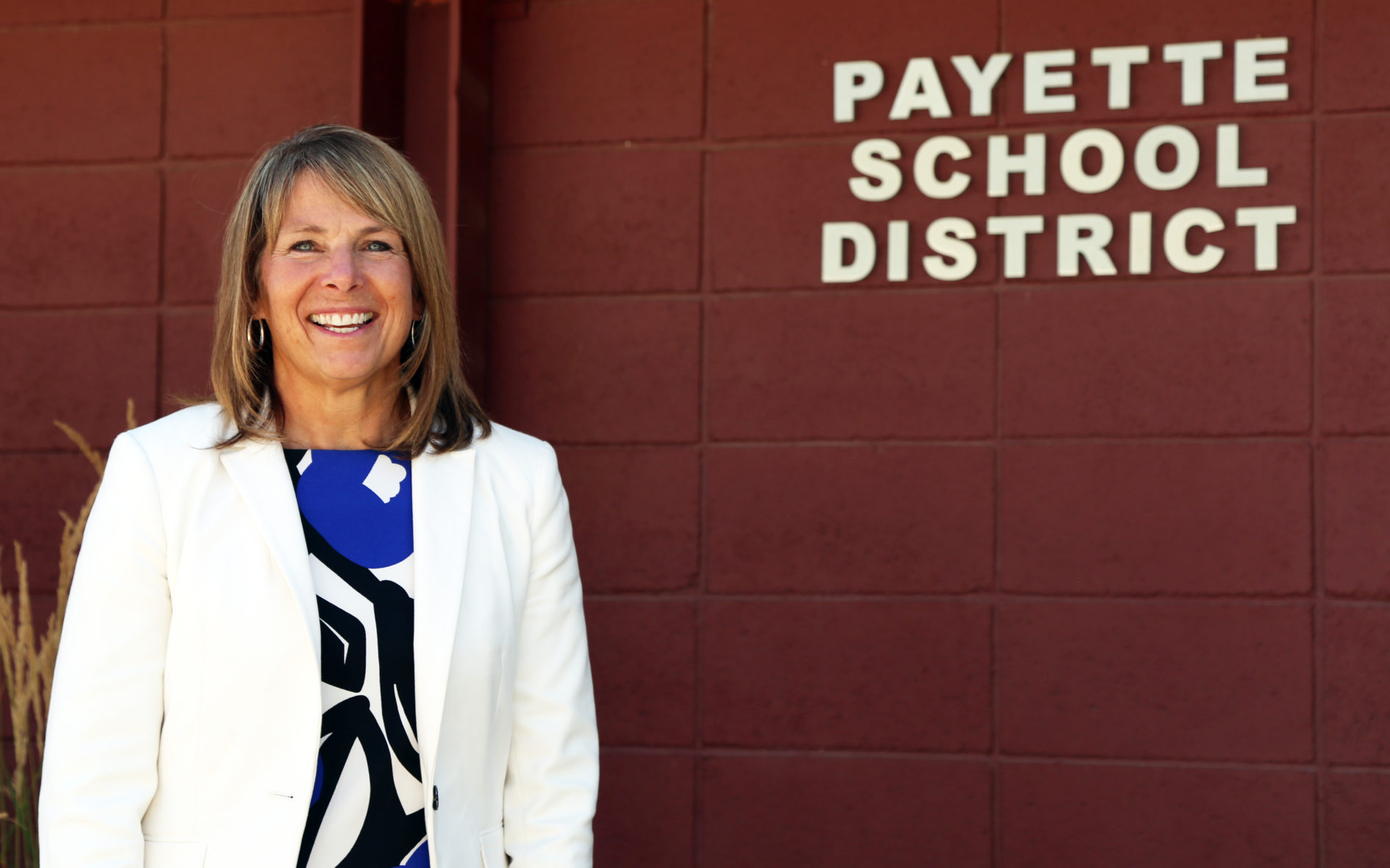A young student, an English language learner, scores a “3” on the Idaho Reading Indicator — a score that suggests this student is right at grade level.
Then a second test reveals deeper problems. The student is behind on vocabulary — a deficiency that goes undetected on the IRI, which focuses only on reading speed.
Based on the additional data from the second test, teachers are able to focus on bolstering the student’s vocabulary skills.
For Jerome School District curriculum director Janet Avery, this isn’t a hypothetical scenario. She has already seen it unfold, just weeks into the transition to a new reading test.
Educators say Idaho’s new reading test is delivering as promised. They say the new test provides deeper and timelier data about student reading skills.
And as a private vendor pilots this new reading test — at a taxpayer cost of $100,000 — the company is also shopping for additional business in Idaho. The State Department of Education has no problem with this. The solicitations are allowed under the contract, and a top SDE official says the pilot test is going well so far.
The pilot test, at a glance
Since 1999, the state has used some variation of the IRI to test kindergartners through third-graders. The IRI needs a reboot, educators say, and for the very reason cited by Avery. The test covers only a few areas — such as letter and sound recognition in kindergarten, or reading speed in the later years.
State leaders agreed on the need to shift to a new test. In December, the SDE chose Istation, a Dallas-based vendor, for a contract that could run as long as five years. For year one, 2017-18, Istation is testing out a replacement for the IRI, a $100,000 pilot test involving 13,000 K-3 students in 58 schools.
Istation is expected to provide the test statewide in 2018-19, at a cost of $434,000.
The reading test is critical, for kids and schools alike.
The IRI — a short assessment, and kept short by design — provides an important early snapshot of student skills. The fall IRI is the first meaningful test kindergartners take, providing teachers with a glimpse into the newcomers’ strengths and weaknesses.

And money is riding on the test scores. Idaho is in the second year of a literacy initiative, which provides extra money to help the 35,000 K-3 students who start the school year unable to read at grade level. The state is putting $11.25 million into the program in 2017-18; state superintendent Sherri Ybarra’s 2018-19 budget proposal boosts this line item to $11.4 million.
The early results
For the pilot schools, the new reading test is not a substitute but an add-on. The schools still must administer the old IRI this year.
That means more testing time for young students. But it will allow the SDE and local educators to compare the results.
It’s early in the process, and the SDE hasn’t been able to start breaking down student data. But it appears more students are receiving below-grade level scores on the new test. That’s particularly the case in kindergarten and first grade, where the old IRI is narrowly focused on letters and sounds.
The new scores might be lower, but the new test also provides a more complete view of reading skills, said Karlynn Laraway, the state department’s assessment director. The improved data won’t only help districts; it will help the SDE make better use of literacy coaches, and plan training that helps reading teachers do their jobs better.
“Ultimately I think students are benefiting from this, hands down,” she said.
For local educators, who have lamented the limitations of the IRI, the change to a new test is already making a difference.
“It is proving to be an extremely useful tool in our everyday discussions of data and student achievement in reading,” said Robin Merrifield, curriculum coordinator for the Boundary County School District. “It is giving us the immediate data we have been looking for for years.”
The Istation test — and add-ons
When Ybarra signed on to ditch the IRI and replace it with a new test, she pegged the sticker price at $5.9 million. All three bidders came in far below budget, and Istation was the lowest bidder.
But since Istation has received the contract — one that is limited only to the reading test — the company has shopped some of its other services to some of the pilot schools.

During the summer, and before the launch of the pilot test, Wilder School District Superintendent Jeff Dillon received an email from Istation, urging him to read an article touting the company’s products.
“I would say it was an indirect way of soliciting,” said Dillon, a Republican challenging Ybarra in the 2018 state superintendent’s election.
Dillon didn’t respond, and he didn’t sign on to buy additional materials.
The practice of marketing products is hardly unusual, Laraway said, and it’s allowed under Istation’s contract. A contract with the state shouldn’t give a vendor an unfair advantage in selling other products, but it also doesn’t preclude the vendor from testing the marketplace.
The testing contract has a limited scope, she said. It doesn’t require schools to buy new computing devices. Nor does it require schools to buy new curriculum materials, from Istation or any other vendor.
“We made that clear throughout training,” Laraway said. “We have districts using whatever systems they’ve been using for the past number of years.”
It’s unclear how many schools have bought add-ons through Istation.
Idaho Education News contacted every pilot district and charter school in the state. Nearly 20 pilot districts and charters responded. Only two said they had purchased products from Istation. Some said they had never been solicited at all, while others downplayed Istation’s contacts.

“I felt and treated it the same as all products who market daily through calls and emails,” Payette district Superintendent Robin Gilbert said.
Istation spokeswoman Ossa Fisher declined to say how many pilot schools have purchased learning materials from the company. Under the company’s privacy statement, Istation does not disclose the names of their customers, without express consent.
The Jerome district is one customer — but Avery says that has little to do with piloting the reading test. Even before Jerome was named a pilot district, and before Istation landed the testing contract, the district was interested in Istation’s curriculum materials. Avery said she’d heard good things from the nearby Twin Falls School District, an Istation customer.
Jerome has purchased reading and math materials from Istation; the reading materials cost $8,800 for each of the district’s three grade schools. Avery likes the way the materials align with the Istation test. After children take the online pilot test, the Istation software selects learning materials that match up with a student’s strengths and weaknesses.
Schools can get results from the pilot reading test, even if they don’t buy the curriculum materials, Istation said in a statement to Idaho Education News.
“Istation’s curriculum is an optional, supplemental tool,” the company says.
More reading: Reading scores fall short of many schools’ goals. A special report.
